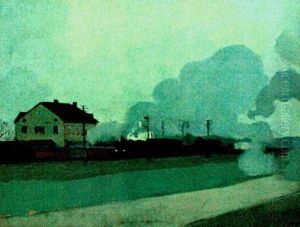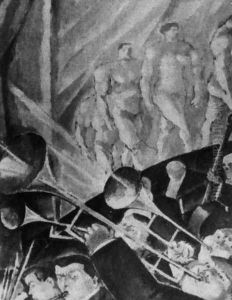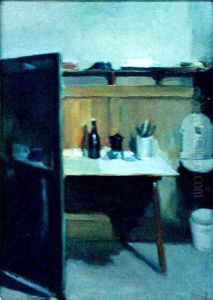Lascar Vorel Paintings
Lascar Vorel was a Romanian painter, part of the early 20th century avant-garde movement in Romania. Born on June 21, 1887, in Piatra Neamț, Romania, Vorel showed an early interest in the arts and pursued his passion by studying at the National School of Fine Arts in Bucharest. He was particularly influenced by Post-Impressionism and the emerging trends in European art, including Fauvism and Expressionism.
After completing his studies in Bucharest, Vorel continued his artistic education abroad. In 1908, he moved to Paris, which was then the epicenter of the art world. There, he absorbed the dynamic artistic atmosphere, attending the Académie Julian and the Académie de la Grande Chaumière, two prominent art schools that were frequented by many influential artists of the time.
During his time in Paris, Vorel's style evolved significantly. He experimented with different techniques and was especially drawn to the bold use of color and expressive forms. His work from this period reflects the influence of artists like Henri Matisse and André Derain, among others. Vorel was also in contact with other Eastern European artists and became part of the broader artistic community in Paris.
Vorel returned to Romania before the outbreak of World War I and became an important figure in the local art scene. He continued to develop his unique style, which was characterized by a vibrant palette and a tendency towards abstraction. Unfortunately, his career was cut short by the Spanish flu pandemic. Lascar Vorel died on December 29, 1918, at the age of 31, leaving behind a small but significant body of work that continues to be appreciated for its contribution to modern Romanian art. His legacy is recognized in Romanian cultural history, and his paintings can be found in various art museums and private collections in Romania and abroad.



